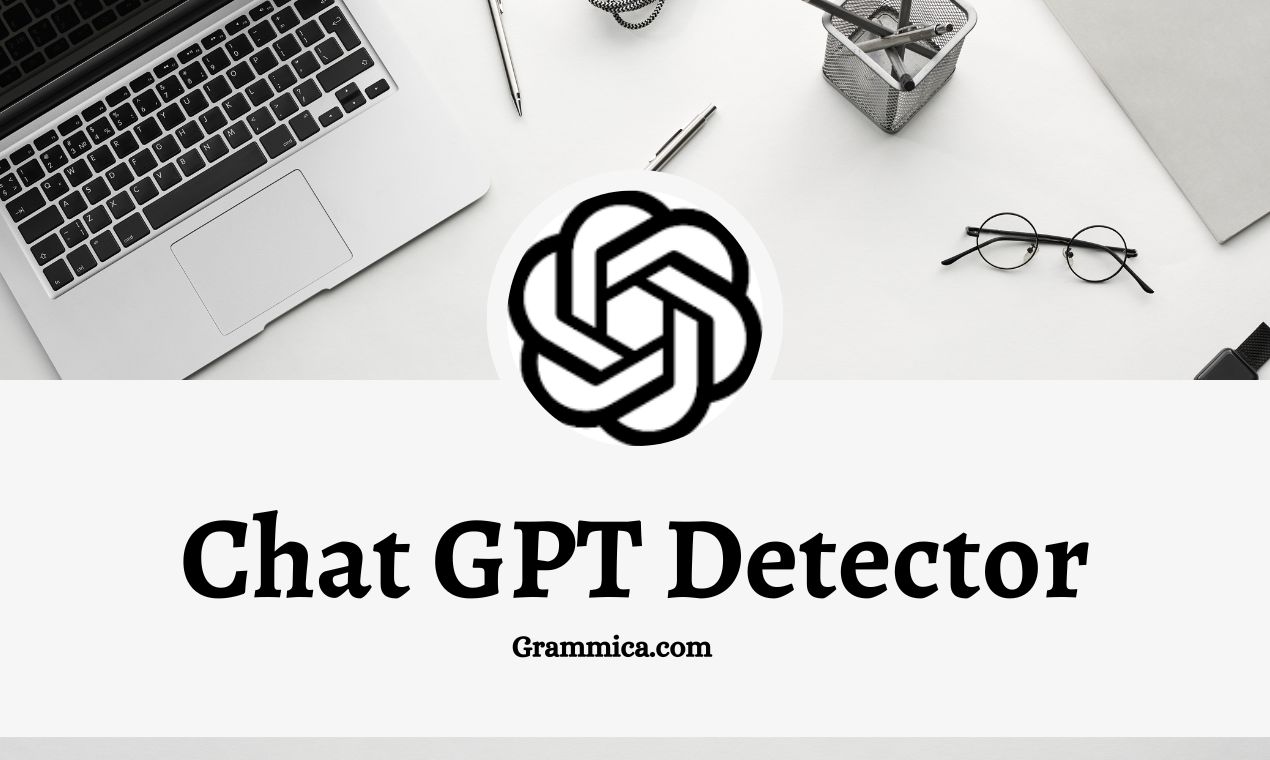When and how do you use Chat GPT?
Artificial intelligence (AI) technologies, such as chatbots and virtual assistants, have seen rapid innovation in recent years. OpenAI’s Chat GPT is an artificial intelligence language model that is among the most cutting-edge of these technologies. This article will explain what Chat GPT is, how it operates, and discuss its current and potential uses.
Introduction
Chat GPT: What It Means
Chat GPT, short for Generative Pre-trained Transformer, is an NLP-based ML model trained on text inputs that produce replies that seem realistic. It’s one of the most sophisticated language models out there since it can provide natural-sounding answers to a broad variety of questions.
The Value of Online Chat GPT
Conversational AI has many potential uses in business and everyday life, and chat Messaging has played an increasingly vital role in its development. It might completely change the face of industries including customer service, virtual assistants, content development, and instructional software.
Introduction to Chat GPT
OpenAI, a research facility for AI that includes some of the best AI scientists and engineers in the world, started the development of Chat GPT in 2018. Since its debut, the model has had many modifications, with the most recent one coming in the form of GPT-3 in 2020.
Functioning of Online Chat GPT
Chat GPT’s underlying structure
Chat GPT is a deep neural network with several hidden layers and adjustable settings. To analyze input sequences and create output sequences, Chat GPT’s design borrows from the transformer paradigm.
The Chat GPT Training
Many billion words are used in the training process for Chat GPT. Several linguistic tasks, including language modeling, question answering, and text completion, are pre-trained on this corpus.
How Responses are Generated in Chat GPT
Chat GPT utilizes its trained model to provide a logical and meaningful answer to a text query. To create replies, the model looks at the input sequence and decides which word is most likely to come next.
Why and how Chat GPT becomes better with the use
Chat GPT learns and becomes better at generating replies the more it is used. Fine-tuning is the process of re-training a model to improve its performance in a narrow set of tasks or domains.
Uses for Online Chat GPT
Talking computers
Chat GPT is mostly used for conversational artificial intelligence. To do this, Chat GPT is being used to create conversational chatbots and virtual assistants. Chat GPT is an effective resource because of its capacity to create replies that are both logical and appropriate to the given environment.
Helping out customers
Improve your customer support with the help of chat GPT by delivering instant, automatic solutions to your customers’ questions. Reducing wait times for frequent questions may boost satisfaction across the board.
Assistants in private life
With chat GPT, one may create customized helpers like online store clerks and budgeting experts. These helpers may have in-depth talks with users in their native language to hone in on their specific needs and provide tailored suggestions.
Making something up
Chat GPT may be used to produce textual works like articles and blogs based on a subject or keyword. Businesses and people that need to produce big volumes of the material may find this helpful.
Methods of Instruction
In the realm of education, chat Chatbots may be utilized to create resources like language tutors and digital lecturers. Conversations in natural language allow these technologies to tailor their responses to each learner.
Chat has several benefits.
Versatility
Chat GPT is a flexible instrument with many applications. Nonetheless, Chat GPT may have some problems because of the possibility of bias in its answers. Tools like Grammica’s Chat GPT Detection may help businesses deal with this threat. Chat Talk replies that include potentially biased or harmful language may be identified using this tool so that improvements can be made.
Conclusion:
Chat GPT is a state-of-the-art linguistic model with wide-ranging uses in fields including conversational AI, customer service, personal assistants, content production, and education. Although it does have certain restrictions, future technological developments, and ethical concerns will allow us to reap the most possible advantages with the fewest possible hazards. It may be checked for accuracy, relevance, and lack of bias or prejudice with the use of tools like the Chat GPT Detector.






